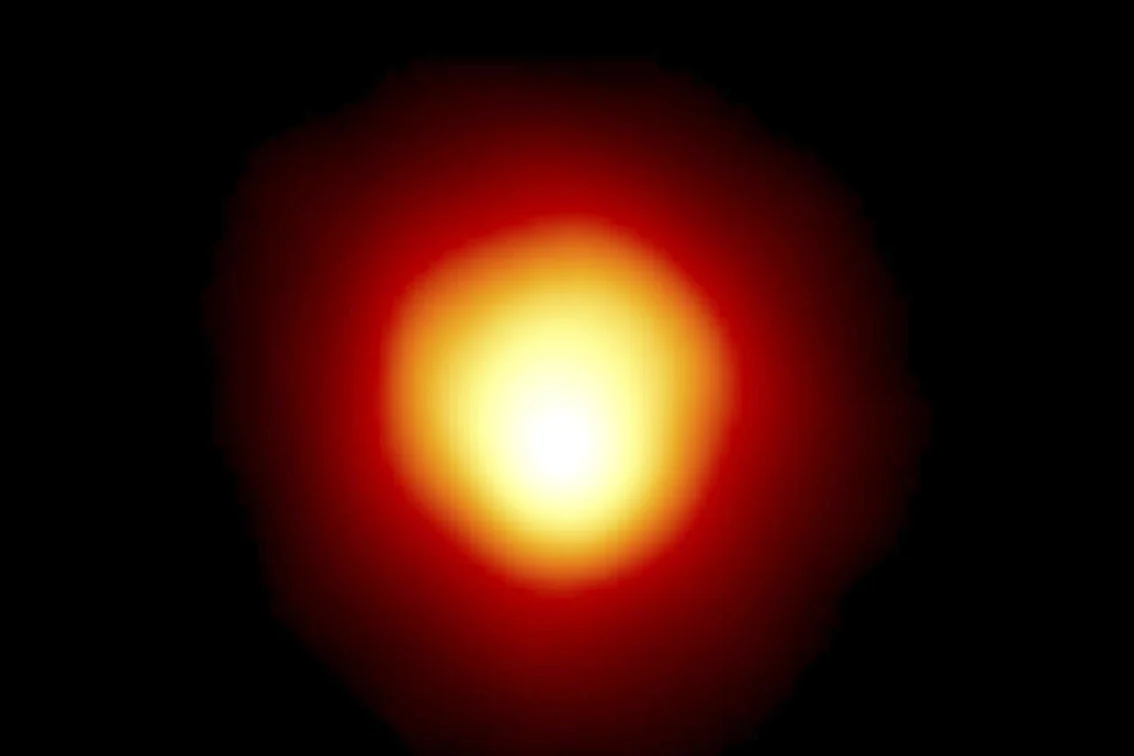A one-of-a-kind eclipse will occur as an asteroid passes directly in front of one of the largest and brightest stars in the sky.
The intriguing and momentary scene, late Monday into early Tuesday, ought to be noticeable to a huge number of individuals along a restricted way extending from focal Asia’s Tajikistan and Armenia, across Turkey, Greece, Italy and Spain, to Miami and the Florida Keys lastly, to parts of Mexico.
Betelgeuse is a red supergiant in the Orion constellation. The space rock is Leona, a gradually turning, oval space rock in the vitally asteroid belt among Mars and Jupiter.
Stargazers desire to become familiar with Betelgeuse and Leona through the obscuration, as most would consider to be normal to endure something like 15 seconds. A Spanish-led team recently estimated the asteroid to be approximately 34 miles wide and 50 miles long (55 kilometers wide and 80 kilometers long) by observing an eclipse of a much dimmer star by Leona in September.
These predictions, as well as the star’s size and extensive atmosphere, remain subject to uncertainty. It’s hazy in the event that the space rock will cloud the whole star, creating an all out overshadow. Instead, a “ring of fire” eclipse with a tiny blazing border around the star could occur. In the event that it’s an all out obscure, space experts doesn’t know how long the star will vanish totally, maybe as long as 10 seconds.
The Virtual Telescope Project’s founder, astronomer Gianluca Masa, stated, “Which scenario we will see is uncertain, making the event even more intriguing.” The live webcast will be broadcast from Italy.
An expected 700 light-years away, Betelgeuse is apparent with the unaided eye. Optics and little telescopes will improve the view. A light-year is 5.8 trillion miles.
Betelgeuse is huge number of times more brilliant than our sun and nearly multiple times greater. It’s enormous to the point that assuming it supplanted our sun, it would extend past Jupiter, as indicated by NASA.
At only 10 million years of age, Betelgeuse is extensively more youthful than the 4.6 billion-year-old sun. Researchers anticipate that Betelgeuse should be brief, given its mass and the speed at which it’s consuming its material.
After endless hundreds of years of differing brilliance, Betelgeuse diminished emphatically in 2019 when a colossal pack of surface material was launched out into space. The subsequent residue cloud briefly impeded the starlight, NASA expressed, and inside a half year, Betelgeuse was essentially as splendid as in the past.
Researchers anticipate that Betelgeuse should go cosmic explosion in a brutal blast in 100,000 years or less.

